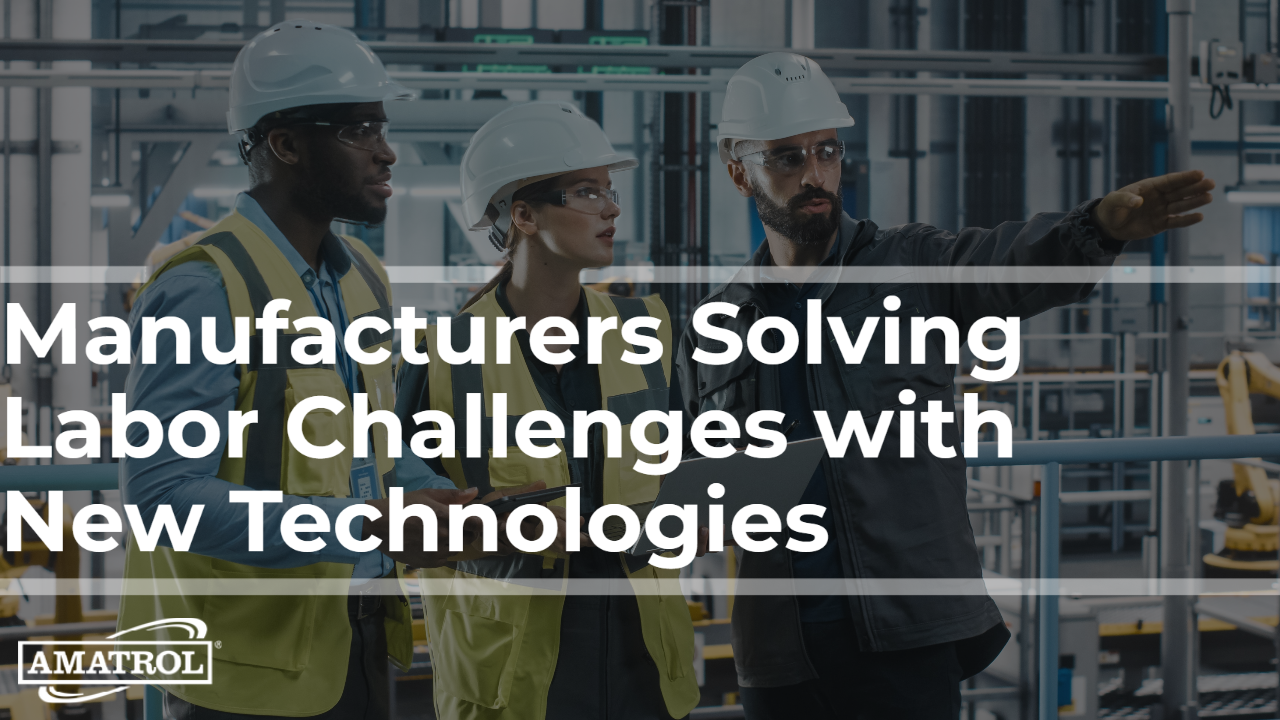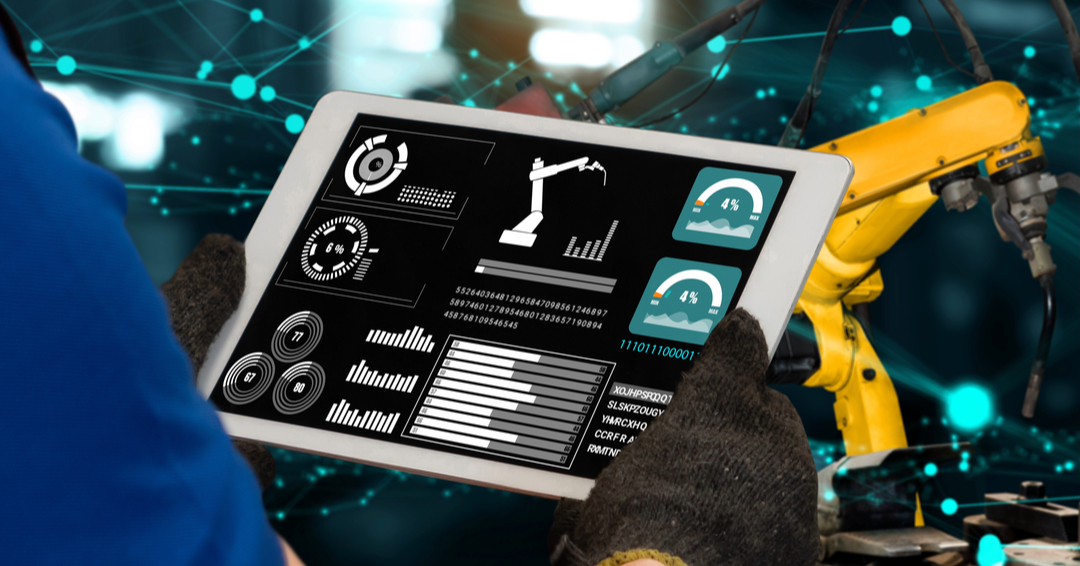When the COVID-19 pandemic struck in 2020, employers in every sector experienced a phenomenon that manufacturers had been dealing with for many years: a shortage of skilled workers. Most people vividly remember “CLOSED” signs adorning windows due to staffing shortages. While we’re a ways past the pandemic now, many businesses continue to experience skilled labor
As the global economy continues to recover from the COVID-19 pandemic, manufacturers all over the world are still struggling to fill hundreds of thousands of open positions. Despite their best efforts, manufacturers face a shortage of highly-skilled workers to meet their increasing demand. The skilled labor shortage isn’t the only challenge facing manufacturers, though. Global
If today’s manufacturing sector had a mantra, it would probably be something along the lines of: work smarter, not harder. Given the struggles all industries currently face with finding skilled workers, it’s more critical than ever to improve efficiency and productivity wherever possible. It’s no coincidence that you see the word “smart” being attached to
To watch a Multimedia version of this story, please click here. When we open up trusted publications and see headlines like… “ROBOTS ARE STEALING OUR JOBS” (Entrepreneur, April 2019) “AI EXPERT SAYS AUTOMATION COULD REPLACE 40% OF JOBS IN 15 YEARS” (Fortune, Jan. 2019) “JOB LOSS FROM AI? THERE’S MORE TO FEAR!” (Forbes, Aug. 2018)
To view this article as a Multimedia Presentation, please click here. The Internet and Smart Factory technology share a lot of similarities. Neither technological invention has a true inventor — instead, both have seemingly existed thanks to its evolution from a variety of responsible parties. In addition, both of them had their detractors prior to





